Like horses and ponies, donkeys and other equids (e.g. mules, zebras) can also suffer from laminitis or founder. In this article, we discuss laminitis in donkeys: the signs and rehabilitation options.
What Is Laminitis In Donkeys?
As for horses, laminitis in donkeys is a severely crippling disease which is always painful, seldom reversible, and sometimes fatal.
The normal anatomy of the donkey foot depends upon a firm connection between the insensitive hoof wall and the sensitive ‘quick’ (tissue adherent to the pedal or toe bone). This connection is possible as both tissues are folded into leaves or ‘laminae’ and interweaved so there is a large surface area in intimate contact between them (think of it like Velcro) and this connection allows the hoof to withstand the downward pressure exerted by the weight of the donkey.
All that stands between the normal donkey and a ‘foundered’ donkey (rotation or downward movement of the pedal bone) is that vital interlocking of tissue. When this connection is compromised the pedal bone loses its support. (source)
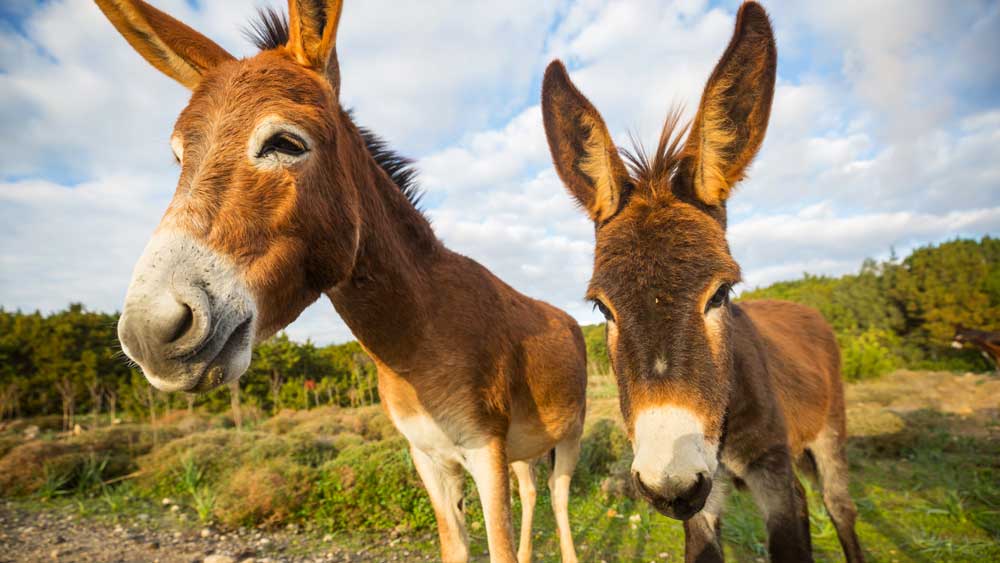
What Causes Laminitis In Donkeys?
The potential causes of laminitis in donkeys are like the causes for horses, however, some may differ:
- Infections in other parts of the body
- Imbalances and mechanical overload
- Access to too much grass (Grass Founder)
- Access to cereal or other sugar rich feed
- Hormonal imbalances/disturbances
- Equine Metabolic Syndrome
- Cushings Disease
- No or bad hoof care
Signs Of Laminitis In Donkeys
As in laminitic horses and ponies, donkeys behave differently than normal during a laminitic episode. Signs of laminitis can include:
- Lying down more than usual
- Weight shifting
- Increased pulse (can be measured in the fetlock)
- Loss of muscle mass, especially in the shoulder region where a donkey has most of their bodyweight
- Rings on the hooves (laminitic rings)
- Dull appearance and behaviour
If you notice unusual behaviour in your donkey related to any of the above, contact your veterinarian.
Caring For A Donkey With Laminitis
If you suspect that your donkey has laminitis there are several steps you can take to improve his or her comfort until the vet arrives.
- Provide a comforting deep bed. Use shavings or loose sand rather than straw so the donkey doesn’t eat it
- Provide easy access to fresh water
- Contact your vet immediately and discuss if your donkey is allowed to have access to feed until his or her arrival. If so, allow access to low sugar/starch feed, e.g. soaked hay in small amounts
Once your vet arrives, he/she will discuss further actions with you. Most likely your donkey will be given pain killers and prescribed rest. X-rays (radiographs) may be taken to see if the pedal bone has dropped or rotated.
Farrier work is likely to be required to improve the donkey’s comfort. Donkeys benefit greatly from a full sole support while going through laminitic episodes.
Can FormaHoof Be Used For Donkeys Recovering From Laminitis?
FormaHoof is designed for horses and ponies, however it has been successfully used in various cases to provide comfort for donkeys during their laminitis rehab.
As suggested by the Donkey Sanctuary UK, FormaHoof provides full sole support for the donkey and allows the weight to be shifted over the entire foot, which will provide instant pain relief and support.
Similar to rehabbing foundered horses or ponies, how many FormaHoof cycles are needed to transit the donkey back to barefoot will depend on the severity of the disease. However, the FormaHoof application will allow the donkey to return to a normal routine faster than traditional shoeing packages.
Given the often-narrow shape of a donkey hoof, you will likely need to select a slimline Barefoot Mould. Please follow the measurement guide here. The FormaHoof Essentials Kit with 6 tubes of Advanced Polymer is the ideal Kit to support the rehabilitation of your donkey in the most efficient way.
What Does FormaHoof Look Like On A Donkey?
Just as it would on a horse or pony, and you will need to follow the same application steps as for a horse or pony. Below are some sample images from a donkey shoed by Mattia in Italy:
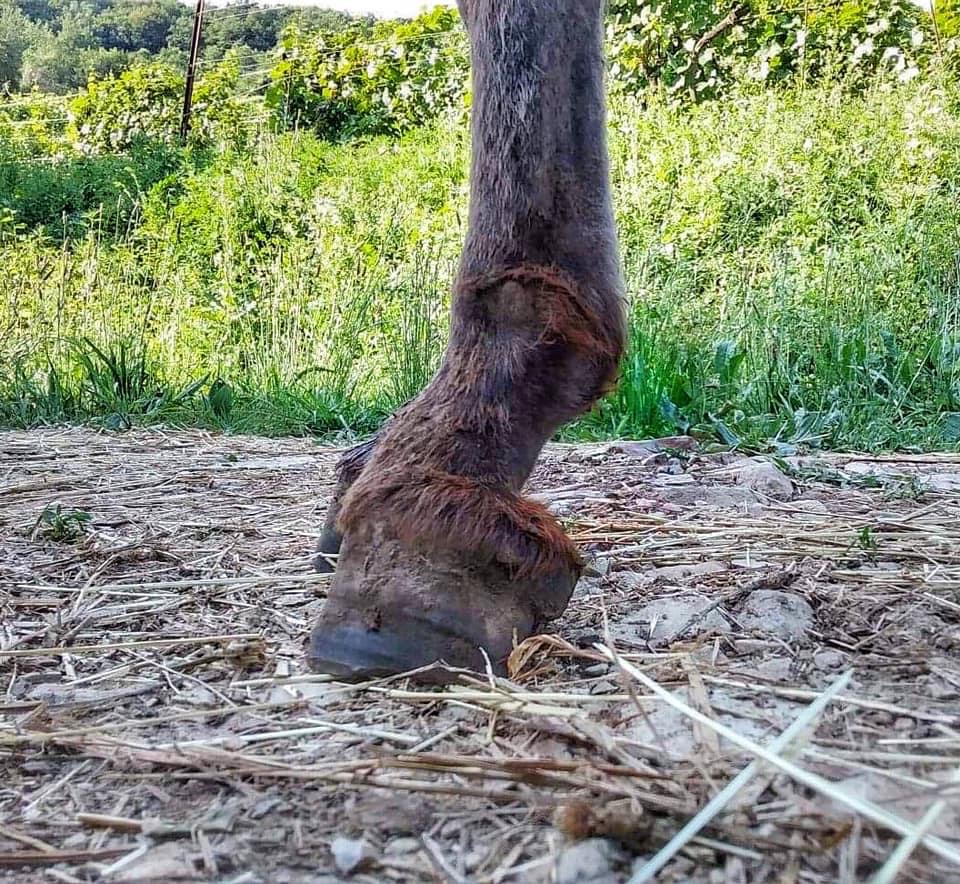
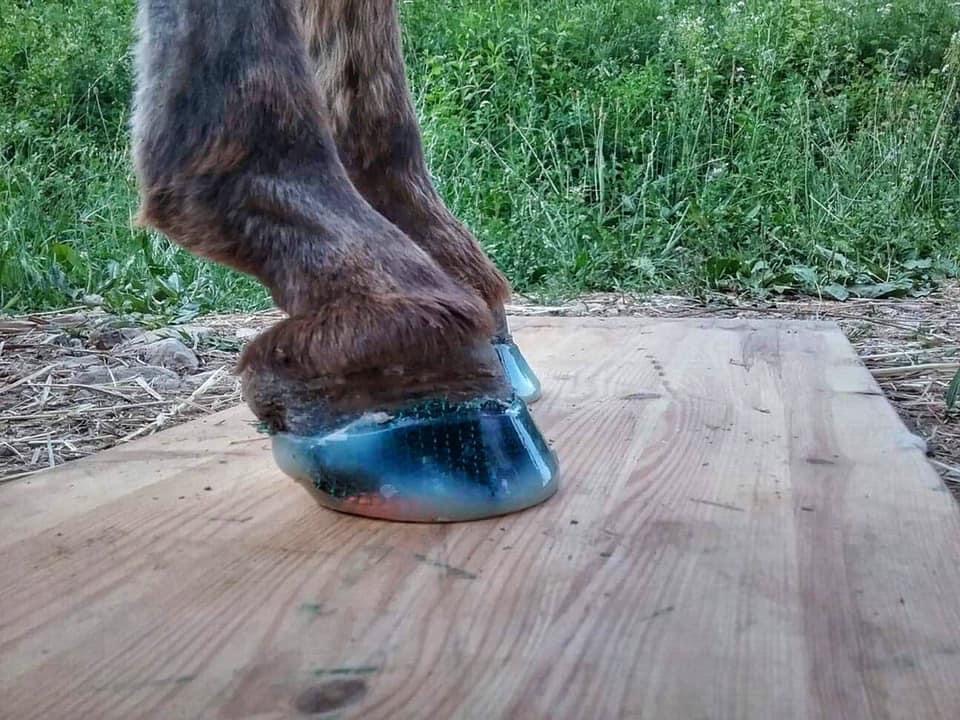

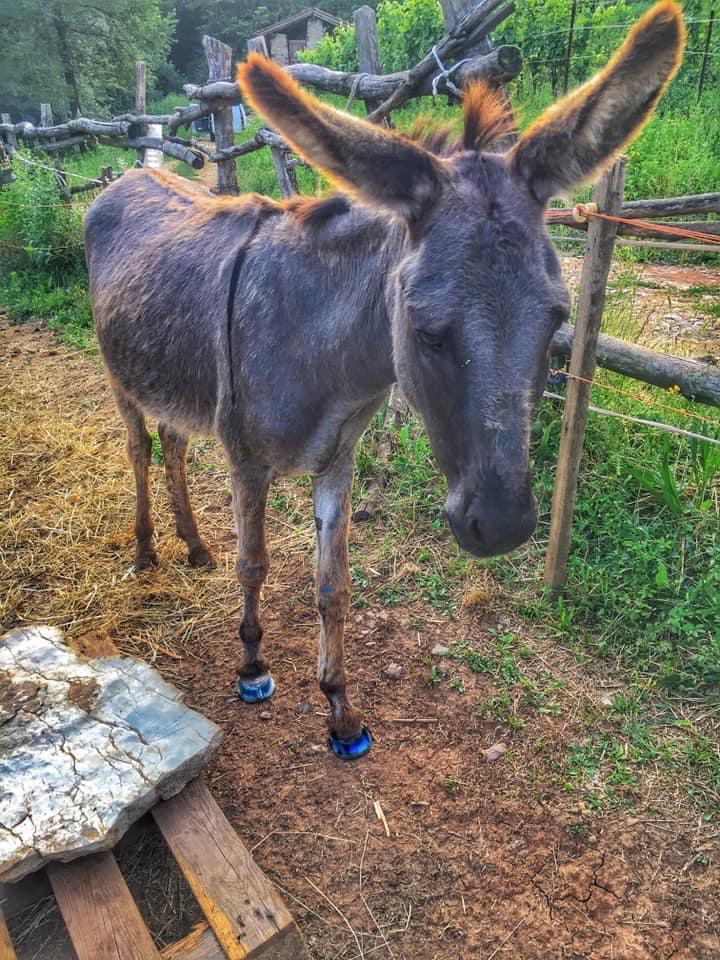


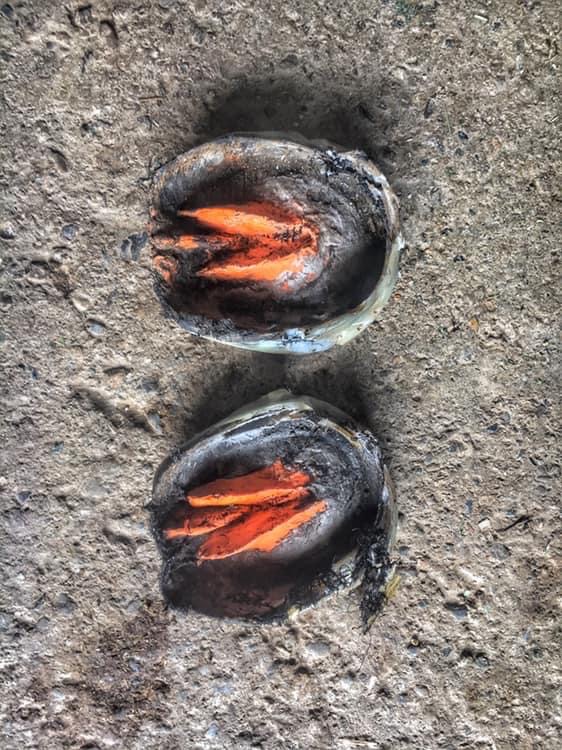
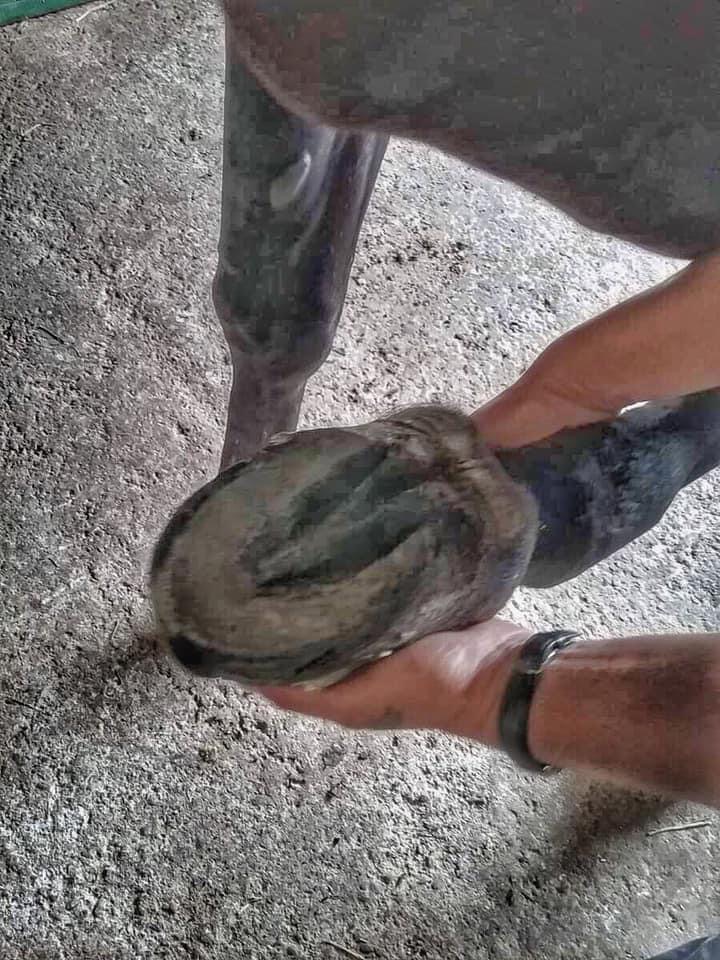
How Feed Plays Its Role!
In the best-case scenario, the donkey should have a balanced diet that controls weight, is high in fibre, low in sugar and is monitored, with limited access to grass. These are key in laminitis prevention for donkeys.
Lush grass and frosty grass should be avoided at any cost, as even small amounts can cause laminitis.
If your donkey founders, any diet should be discussed with your vet and be strictly followed to ensure the best outcome. Unfortunately, some cases of laminitis may be too severe to recover and responsible decisions have to be made in the best interests of the donkey.
If you have any questions regarding donkey hoof rehabilitation with FormaHoof, please do contact us, we are happy to help you to get your donkey back on his or her feet.
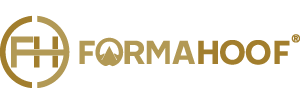


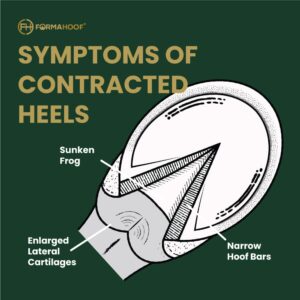

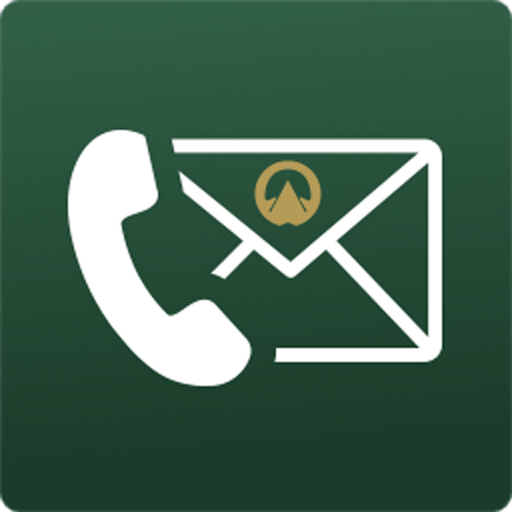

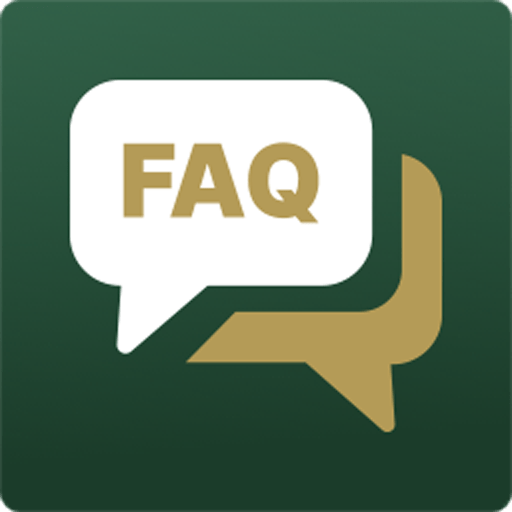
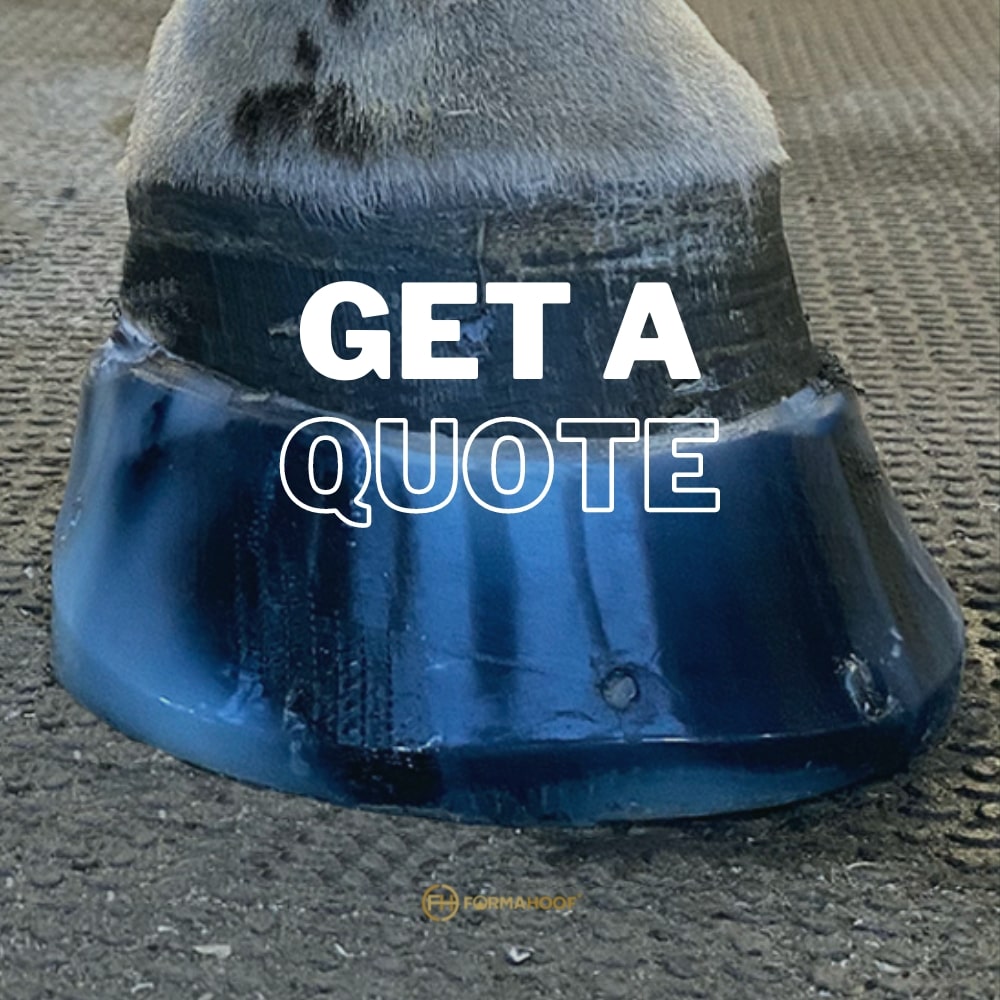






4 Responses
My donkey has very little hoof wall and is very sore. The Vet comes out tomorrow.
FormaHoof can be a very effective solution to a case like this. Take some measurements of the hoof and have a look at the FormaHoof Sizing Guide to get an idea of what you might need. If you need any more help email our customer care team.
I rescued a Donkey, both back hooves are in bad shape, Ferrier has gotten them looking good but now she has abscess in her hoof, vet came treated her with antibiotics and been soaking her hooves, been trying to keep it wrapped, still not healed, need suggestions, Help
Thank you for rescuing and caring for your donkey! Abscesses can be challenging, even with treatment. To better assist you, could you please email detailed photos of her hooves along with any relevant information about her condition and treatment history to customercare@formahoof.com? Our team would be happy to provide guidance tailored to her needs.